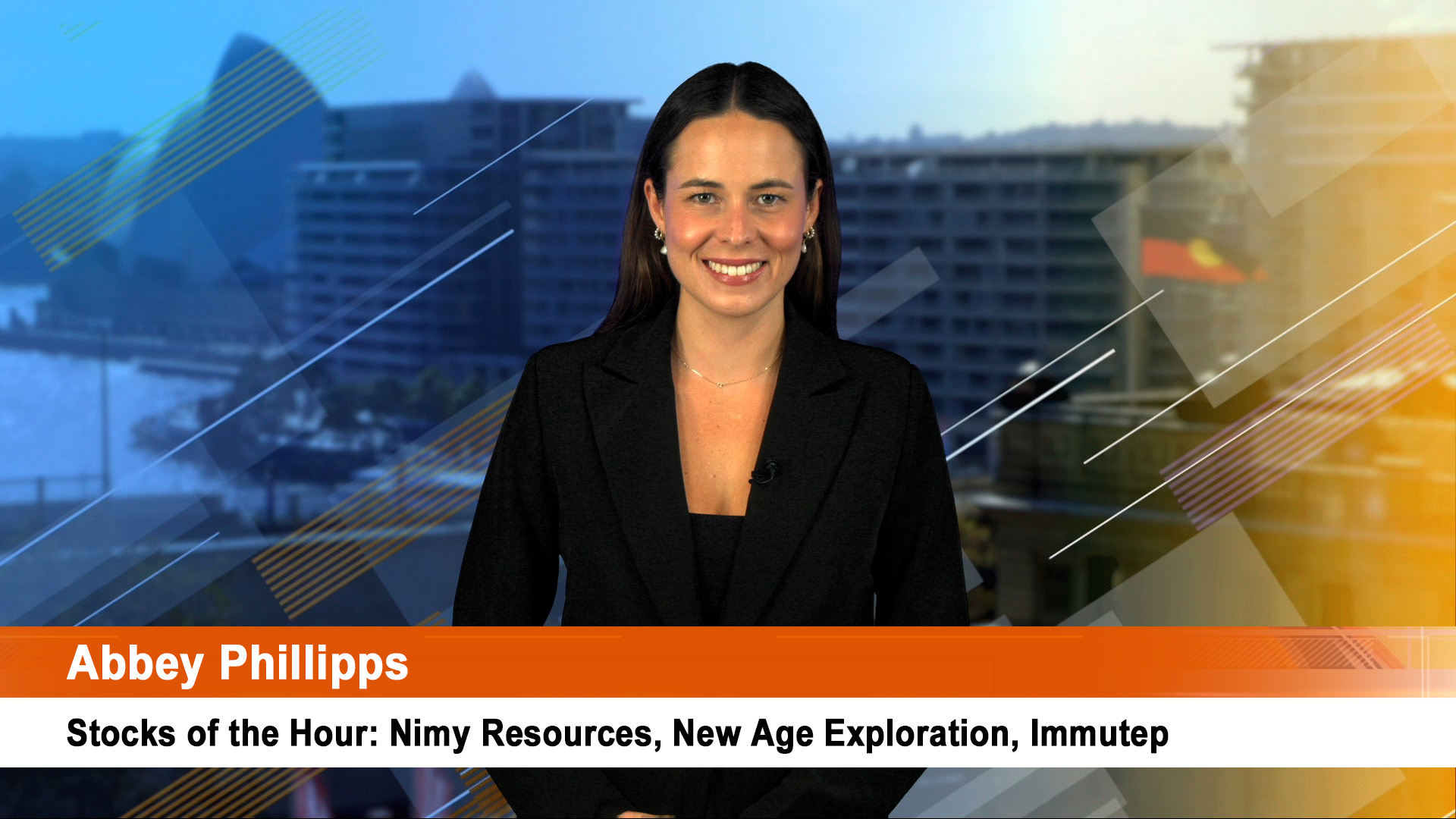Ratings agency Moody’s has joined Standard & Poor’s in Wesfarmers’ short and long term credit ratings a tick, even though the $18 billion spin-off of Coles weakens the conglomerate’s credit metrics.
“The demerger of Coles is negative from a credit perspective, due to the resulting reduction in scale, business diversification, and stability of earnings,” said Moody’s vice president and senior credit officer Ian Chitterer said yesterday.
"That said, Moody’s has affirmed Wesfarmers’ rating and left the outlook at stable as we expect that, in order to maintain its targeted A3 ratings, management will reduce leverage to compensate for these negative impacts," Mr Chitterer said.
Moody’s cited the strength of Wesfarmers’ remaining portfolio of assets including market leaders Bunnings Australia and New Zealand, Kmart, and Officeworks.
Moody’s said all of these businesses had displayed strong growth over the past eight years and earned EBIT margins significantly above those at Coles.
Late last week Standard & Poor’s gave the deal the thumbs up .
“We believe Wesfarmers remains committed to retaining its current ‘A-‘ long-term credit rating, including adhering to more conservative credit metrics to offset the loss of high-quality supermarket earnings and reduced business diversity," S&P said late Friday.
"Our strong assessment of Wesfarmers’ management and governance reflects our view that the group has an established track record of risk management, strategic positioning, and organisational effectiveness across its diverse business lines."
The market and analysts seem happy with the news because it will get the Wesfarmers balance sheet in good shape and dependant on the performance of its star businesses, Bunnings, Kmart and Officeworks.
The weakly performing Target department store chain will be retained, but it wouldn’t surprise to see that sold, or even shut given the $2.1 billion or more in losses and impairments in the value of the chain since 2014.
Wesfarmer’s shares have only topped the $45.73 price in the purchase in 2007 for a short while in February 2015 when they touched $46.39. Since then they have fallen 5% (to Thursday’s close of $41.20, before Friday’s announcement).
That more than anything else tells us why the spin off was welcome by shareholders and the market.
It will be accompanied by a significant reduction to Wesfarmers’ share price as the stock adjusts to the Coles exit.
After all, Coles accounts for nearly $20 billion of Wesfarmers’ $49 billion market worth, 57 per cent of group revenue and throws out $2 billion of operating cashflow a year.
But we have yet to see the level or short and long term debt that Wesfarmers will load onto Coles. A high level of debt will see the market value sag once the a spin off happens.
Seeing Wesfarmers paid $22 billion for Coles Group back in 2007 (buying 13% of the company on market, paying $4.3 billion in cash and issuing 308 shares at $45.73 in the purchase ($18.25 billion, and then a second issue at $13.50 in 2009 raising $2.8 billion (after $2.5 billion was raised in 2008 at $29 a share) both in the depths of the GFC slump, plus the $2.3 billion in write downs at Target (and hundreds of millions of trading losses) – the total cost of the Coles adventure is around $30 billion.
The $1 billion write off at Homebase in the UK is linked to Bunnings rather than Coles.
Market analysts though believe Coles be very much second behind rival Woolworths after the spin-off happens.
Analysts from investment bank UBS say Coles will face higher capital expenditure and costs as a stand-alone business and this will weigh on the supermarket chain’s earnings.
UBS says a separately listed Coles should trade at a roughly 10% discount to Woolworths because it will have lower earnings growth, higher capital expenditure and is less diversified than Woolworths.
Woolworths has a large (but troubled) hotels and poker machine business, while the demerged Coles is mainly in the grocery business but will also include liquor stores and 88 hotels.
But Woolies has the weak Big W, while Wesfarmers is retaining the veery weak Target, and the much stronger Kmart department store chains.
"Coles will generate about 90 per cent of earnings before interest and tax from Australian grocery (residual from hotels and liquor) versus Woolworths at 80 per cent," a note by UBS analysts said on Monday. And Deutsche Bank analyst Michael Simotas says the demerger is likely to be positive for Woolworths in the short term.
“The disruption from the management change and demerger process could enable Woolowrths to extend its sales growth leadership," Mr Simotas said in a report. He said he expects Coles to trade at a 15% discount to Woolworths. Wesfarmers shares eased 0.3% to $43.40 yesterday as the market awaits more details from the company on the finances of Coles for the spin-off.













